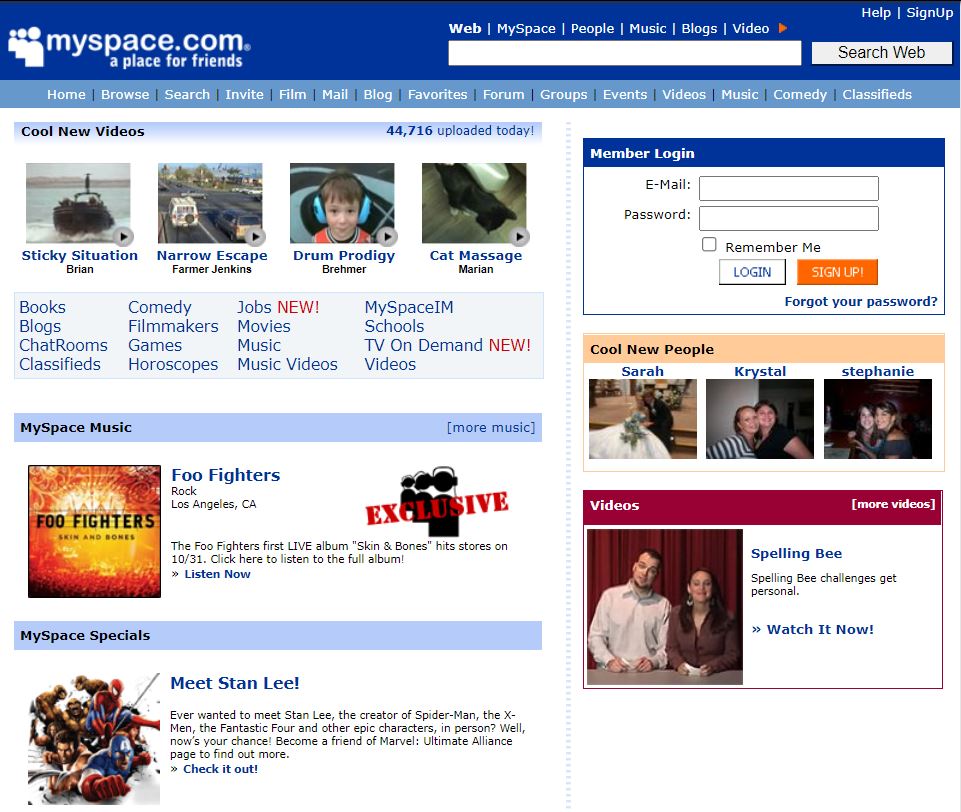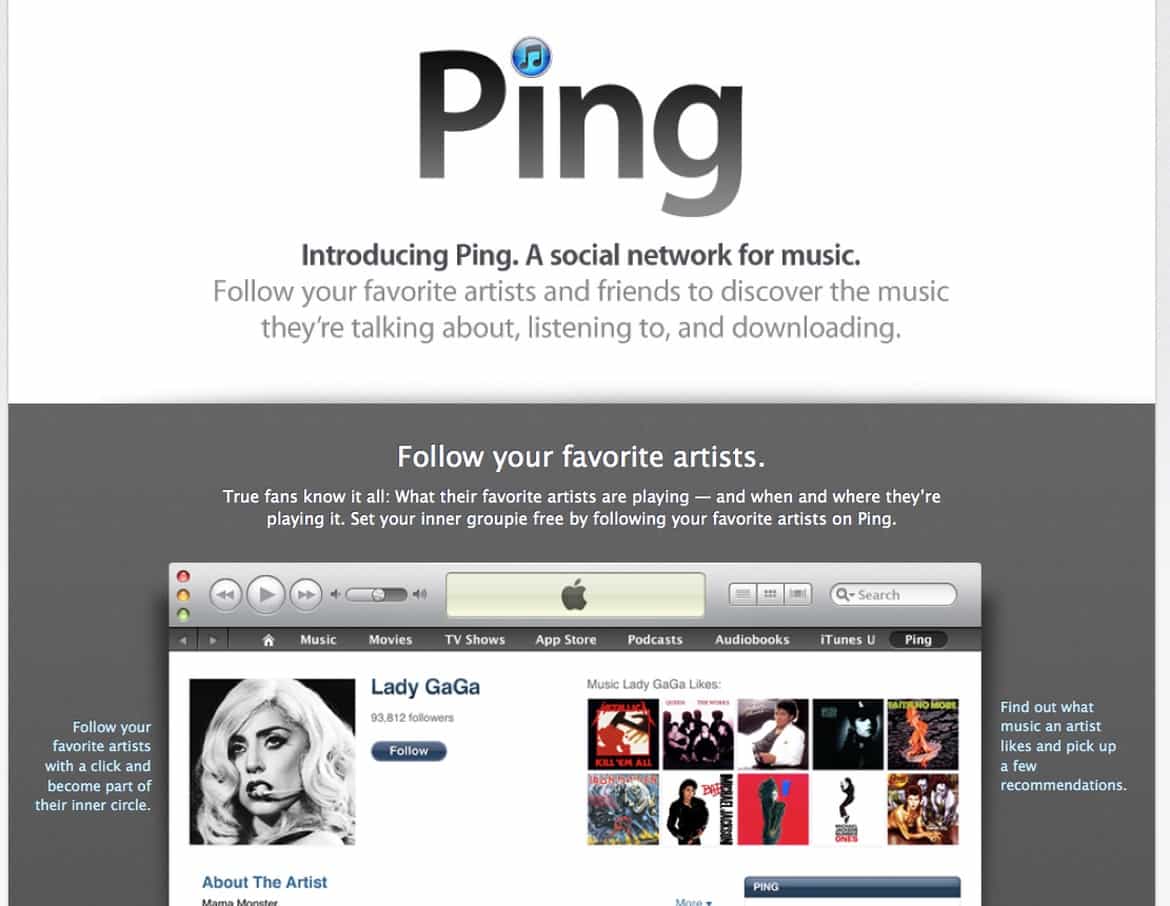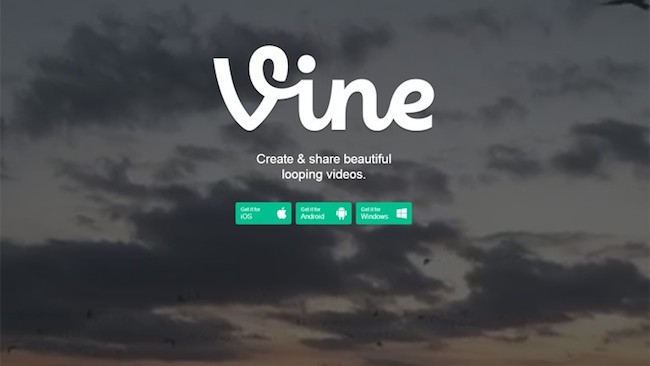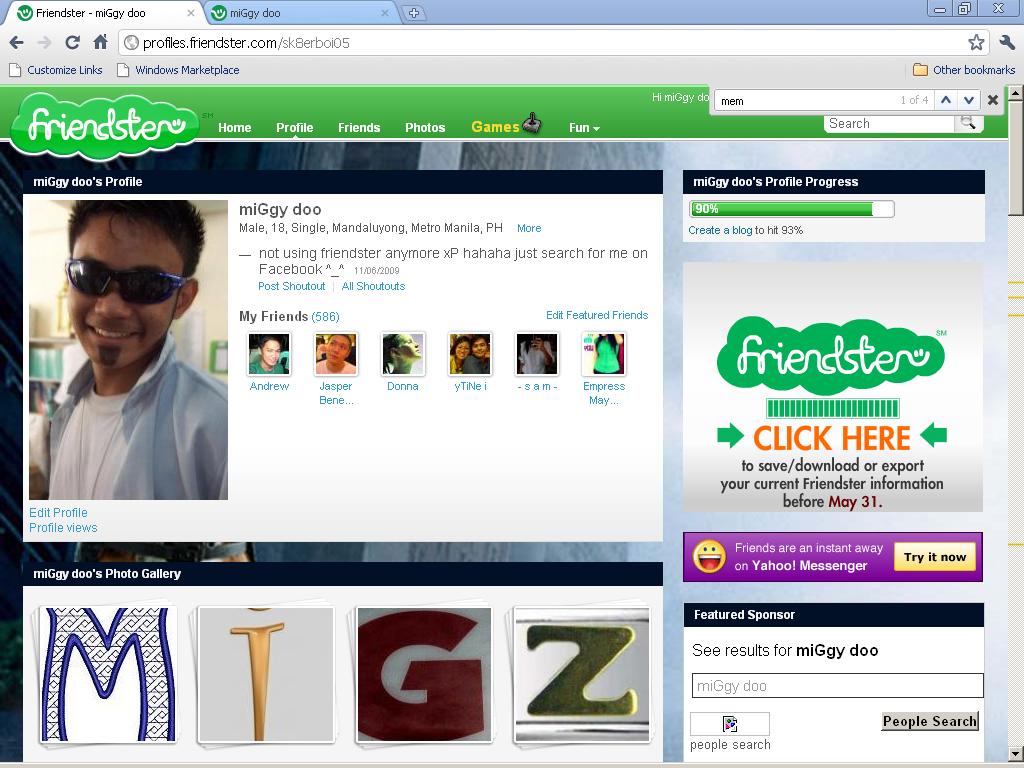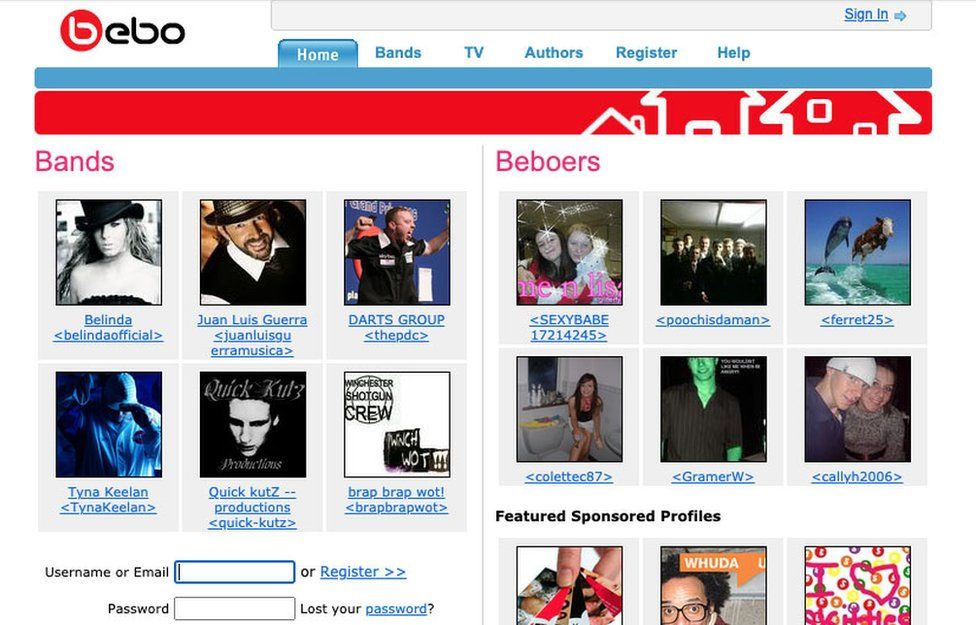Top Lists
Top 9 Social Networking Sites That Failed
Many social networking sites are not destined for greatness which is why you see many defunct social networking sites failed because they

Many social networking sites are not destined for greatness which is why you see many defunct social networking sites failed because they just couldn’t make it to be the next big thing online. In an era that is driven by digitalization and innovations, many social networking sites have been launched some of which later proved against all odds to stand out.
If you are asked what social network was the first you ever joined,? Most people will tend to remember the likes of Facebook, Twitter, Instagram, Quora, or Pinterest. While only a few will remember some of the social networking sites that failed which will be mentioned in this list.
Additionally, some of the questions which we will look at is why these social networking sites failed. Even with resources and relentless effort from the teams that build them they still operate below expectation of uses. Likewise, reasons for their failure can be attributed to the inability to attract people, some failure because they can’t function properly, and a lot more. So, hang with us as we explore some of the once-most popular social networking sites that failed.
Top Social Networking Sites That Failed
1. MySpace
Myspace, once a popular social networking site, allowed users to create profiles, share interests, and connect with friends. It even surpassed Google as the most visited website in the US. However, in 2011, Myspace shifted its focus to social entertainment and lost its popularity. Myspace’s shift to a social entertainment platform and its focus on advertising revenue rather than user experience contributed to its downfall. It lost millions of users in a short span of time.
The decline was attributed to changing consumer tastes and the rise of Facebook. The site’s acquisition by News Corporation led to a shift towards maximizing ad revenue, flooding the site with ads and neglecting user experience. This failure to prioritize users over monetization caused people to migrate to other platforms. Despite attempts to reinvent itself as a music-focused network, Myspace never regained its former glory.
2. iTunes Ping
In 2010, Steve Jobs introduced Ping as a fusion of Facebook, Twitter, and iTunes. It was a social networking feature within iTunes, allowing users to connect with friends, follow artists, and discover local concerts. However, Ping faced setbacks when its intended integration with Facebook failed to materialize. This left users with limited options to build a new social network.
Moreover, the 90-second song previews on Ping seemed redundant within iTunes. Apple eventually replaced Ping with improved Facebook and Twitter integration, enabling seamless music sharing. Similar features can now be found on Spotify, where users can connect with Facebook, follow friends, explore their music preferences, and learn more about their favorite artists.
3. Google Wave & Google Buzz
Google has faced criticism for creating social networks that require users to opt out rather than opt-in. One such network was Google Buzz, which aimed to make Gmail more social by combining features from various social services like Twitter and Yelp. It was compared to Google Wave, but was not as successful and was eventually discontinued after two years.
Meanwhile, both Google Buzz and Google Wave were Google’s attempts to compete with Facebook, allowing users to share posts privately or publicly with integration partners like Twitter and YouTube. Additionally, by the time it was discontinued, it was said to have no more than 37 million users.
4. Google+
Google+ was a social network launched by Google in 2011 to replace Google Buzz which had earlier failed. It aimed to provide users with a centralized hub for their Google activities. However, due to low user engagement and difficulties in meeting customer expectations, Google+ shut down in April 2019.
Additionally, a data breach in 2018 exposed the personal information of millions of users. Overall, Google+ is considered one of Google’s major failures, failing to compete with Facebook.
Additionally, a privacy issue exposed the personal information of 52.5 million users to outside developers. This event, along with other factors, led to Google+’s failure, which was seen as one of Google’s major disappointments and a failed attempt to challenge Facebook.
5. Vine
Vine was also a popular video app that was launched in 2013, it allowed users to create six-second looped videos, follow friends and popular creators, and browse trending content. It dominated social media networks until 2016 and produced iconic videos that continue to be relevant in pop culture and memes.
However, Vine’s inability to keep up with video-focused platforms like Instagram, along with its resistance to monetization through sponsors, led to its discontinuation. As a result, creators and marketers migrated to platforms like YouTube, where they could earn from their content.
6. Yahoo! Messenger
Yahoo! Messenger, also known as Y!M, was a popular instant messaging client provided by Yahoo! It was available for free and allowed users to chat, send files, make voice calls, host webcams, and join chat rooms. Initially called Yahoo! Pager, it was later renamed Yahoo! Messenger. The service started in 1998 and underwent a revamp in 2015. However, Yahoo! Messenger was eventually discontinued on July 17, 2018, and was replaced by a service called Yahoo! Together, which was also shut down in 2019.
7. Friendster
Friendster, an early social network that emerged before Facebook, had a strong presence in the Asian market since its launch in 2002. Although it was used globally, the majority of its users, around 90%, came from Asia. At its peak in 2008, Friendster surpassed other social networks in terms of unique visitors in Asia.
However, in 2011, it transformed into a social gaming site, attracting over 115 million users, particularly from the Philippines, Malaysia, and Singapore. Unfortunately, after facing technical difficulties and losing market share to competitors like Facebook and MySpace, Friendster closed down in 2018.
Additionally, the decline of Friendster was attributed to issues such as technological issues and a problematic site redesign in 2009, resulting in a decline in users. People found it harder to navigate compared to the benefits it offered, and they preferred platforms where their real-world network was present, such as Facebook and MySpace.
8. Orkut
Google launched Orkut in 2004 as a social networking platform after failing to acquire Friendster. It allowed users to add friends, share content, view profiles, rate friends, add them to lists, and like posts. However, Orkut’s popularity was limited to India and Brazil, and it couldn’t achieve global success.
Google then decided to shut down Orkut in 2014 as YouTube and Google+ were growing faster and better positioned to compete with Facebook. The growth of Google’s other social media assets led to the closure of Orkut.
9. Bebo
Making the last lap of this list of social networking sites that failed is Bebo which was once one of the most admirable networking sites in the world. Bebo was once a popular social network that rivaled MySpace. It however faced challenges due to corporate mergers and changing trends. And it was sold to AOL in 2008 for $850 million, benefiting its founders, Michael and Xochi Birch.
However, AOL struggled to manage Bebo, eventually selling it for just $10 million in 2010. In 2013, the Birches repurchased Bebo for a mere $1 million. Despite multiple ups and downs, they recently attempted to relaunch the network during the pandemic but ultimately abandoned the project a few months after.

